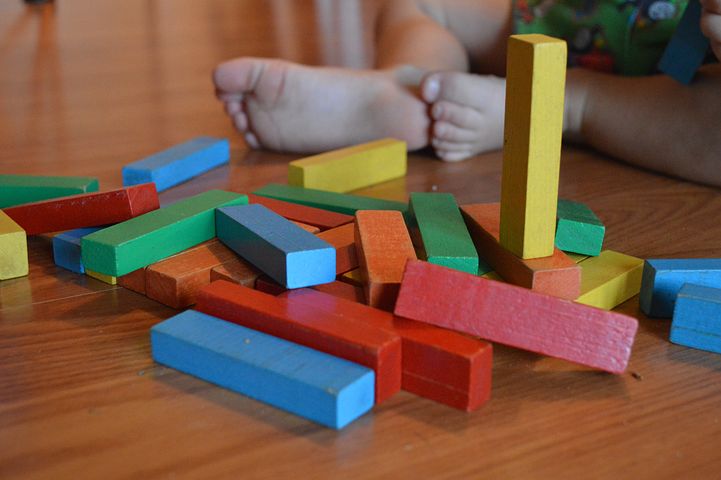The Montessori Method of Education is based on the scientific observations of Doctor Maria Montessori (1870-1952) about how children learn as they progress from birth to adulthood. Montessori discovered that children willingly take in information from their environment and that children can easily teach themselves if these environments provide opportunities for learning. There are basic principles that Montessori education takes into account. In the past and today, the process progresses in line with these universal principles in schools.
Respect for the Child
Each child’s unique developmental needs and interests are respected. Children are not compared according to their ability level, they are valued according to their individuality. Montessori education embraces many styles and ways of learning and supports that every child’s early learning journey is different.
Sensitivity Stages
Children go through certain stages in their development when they are able to learn certain skills. In Montessori education, these are called “sensitivity phases”. The Montessori learning environment supports children in hands-on learning experiences that encourage repetition and problem solving to maximize learning in these opportunity processes.
Absorbent Mind
The first six years of life are crucial in a child’s development to help them understand themselves and their world. The Montessori environment supports children by providing learning experiences that develop belonging, confidence, independence and self-confidence in this process.
Teacher’s Role
Children are the center of the Montessori classroom. The teacher’s role is to observe and guide children, paying attention to their changing interests, developmental needs, and emotions. Teachers plan daily lessons for each child.
Montessori Materials
Montessori materials are sensory-based learning tools designed to internalize a skill or concept. The materials encourage hands-on learning, independent problem solving and analytical thinking. The most important feature is that every Montessori material is designed with a visual error control.
Crafted Environment
The Montessori classroom is a crafted environment designed to optimize learning. Features include low open shelving, display of Montessori materials in chronological order from left to right, defined curriculum areas, children’s furniture, freedom of movement and freedom of choice.
Three Hours Working Cycle
Students participate in a three-hour study cycle each day. This individual learning period offers children the opportunity to choose their work and progress at their own pace.
Five Curriculum Areas
The Montessori Curriculum is divided into five core learning areas: Practical Life, Sensory, Mathematics, Language and Cosmic. Each curriculum area has a specific area in the prepared environment.
Normalization
Normalization describes the process by which young children begin to focus and concentrate on a task for extended periods of time. This period of development is characterized by a love of work, concentration, self-discipline, assertiveness.
